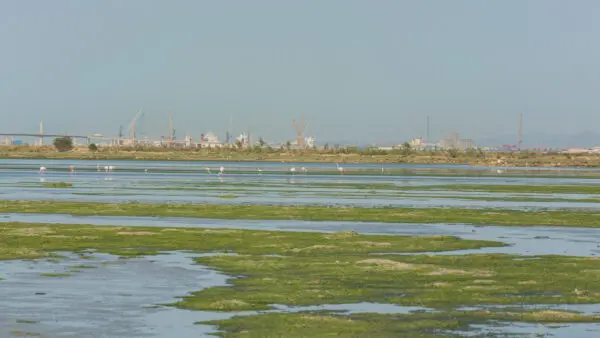Ineke Steinhauer
Technical secretary


The NCEA advised in various stages of rehabilitation projects for the polluted Lac Sud in Tunisia. Starting from an EIA of insufficient quality, various steps were taken to improve environmental management in the projects.
In its advisory review the Commission concluded that essential information, such as a thorough analysis of the problem, was missing from the Etude d’Impact. No alternatives had been described, the proposed project had not been clearly defined, and the description of the impacts was qualitative only.
Additional material is therefore required on a large number of points. The Commission has integrated its review and additional Terms of Reference into one advice on Terms of Reference for drawing up an additional (in fact, almost new) EIS. The advisory review was made available to the NEI (Netherlands Economic Institute) which assessed the project proposals for ORET funding, submitted by three competing Dutch consortia, on their technical and economic feasibility. The Commission’s findings were taken into account in this assessment. At the start of 1998 the tender procedure proved conclusive for one of the Dutch consortia. Subsequently, the Commission was asked to review the additional studies required by the ANPE and the consortium’s work plans. As the EIA procedure, as far as it concerns the ANPE, had already been finalized, the Commission provided advice on optimizing the design of Lac Sud. In this advice, the Commission recommended carrying out a more in-depth study of the extent and distribution of the pollution and making appropriate modifications to the dredging plan. The Commission also recommended developing more environmentally friendly design alternatives for the northern and southern shores of the lake. The review of the final plans shows that the dredging plan has been optimized for environmental performance and that an ecologically more attractive design has been developed for the northwestern zone (zone 4) of the lake. In its advisory review the Commission recommends to reconsider the terms of the construction contracts as to facilitate a more attractive landscaping of the southern shores of the lake. The Commission has noticed that the creation of protected green areas is foreseen in zone 3. In a reaction to the advisory review, the Tunisian competent authorities state that revision of the terms of the contract is not feasible but that more attractive landscaping of the southern shores could be realized by, for instance, the creation of two islands. The competent authorities agree to involve the Commission in monitoring project execution.
Société d'Etudes et de Promotion de Tunis-Sud (SEPTS)
National Agency of Environment Protection (ANPE) - Tunisia, Dutch Ministry of Foreign Affairs